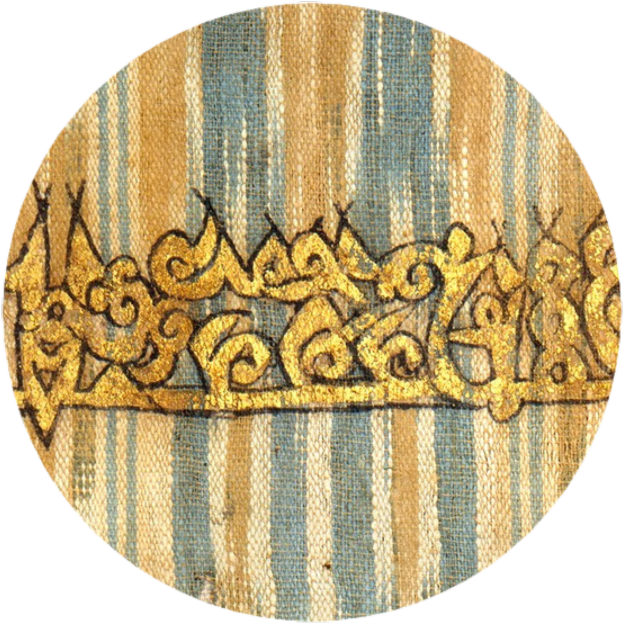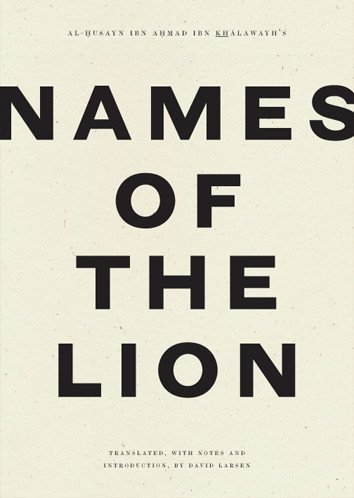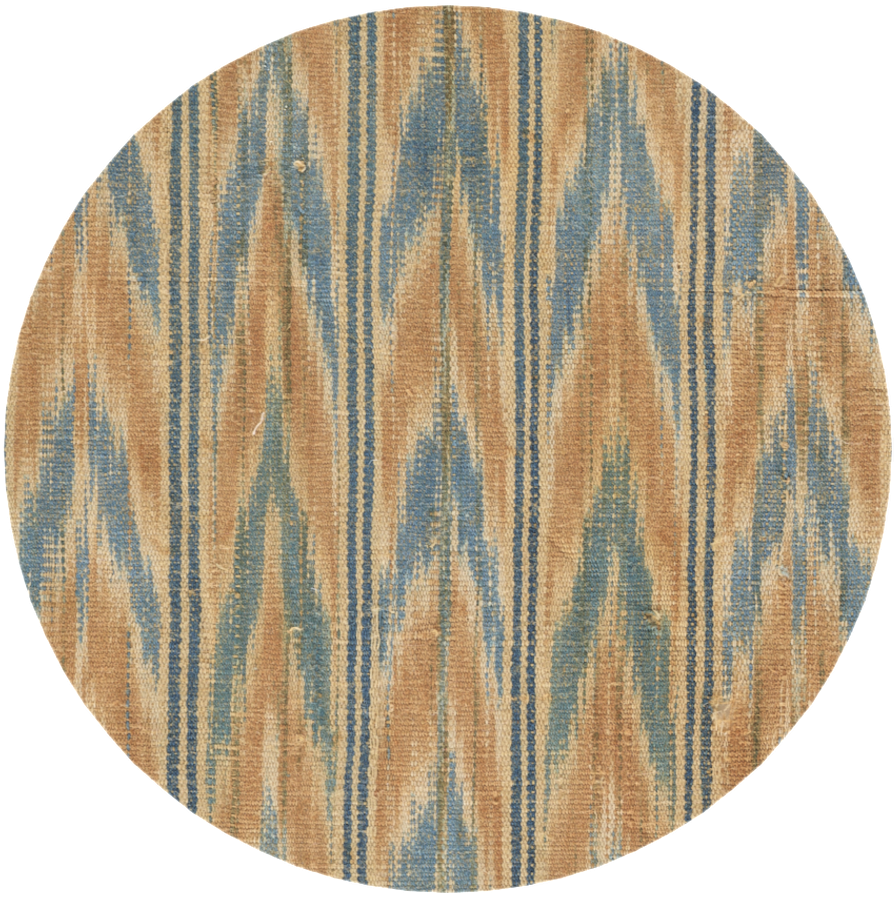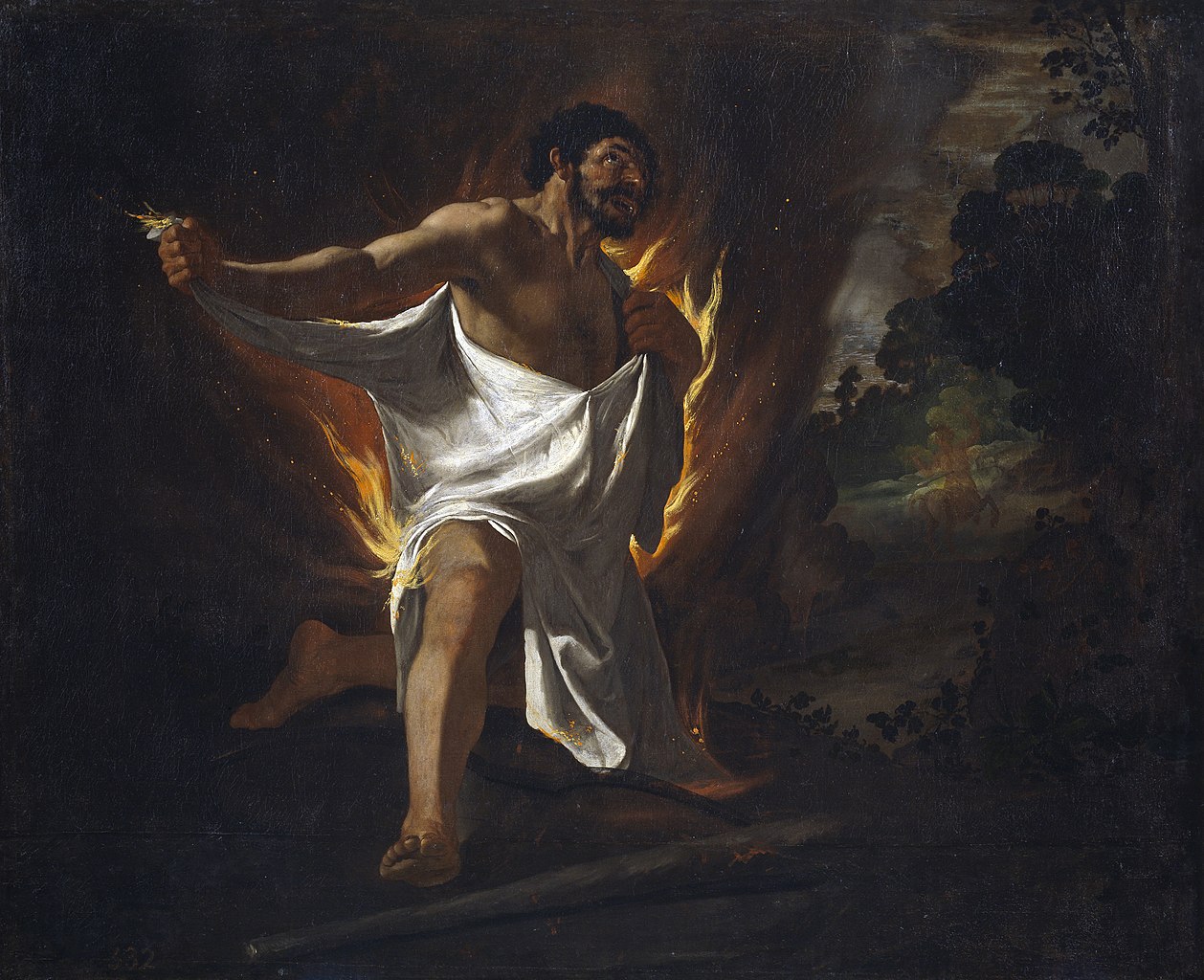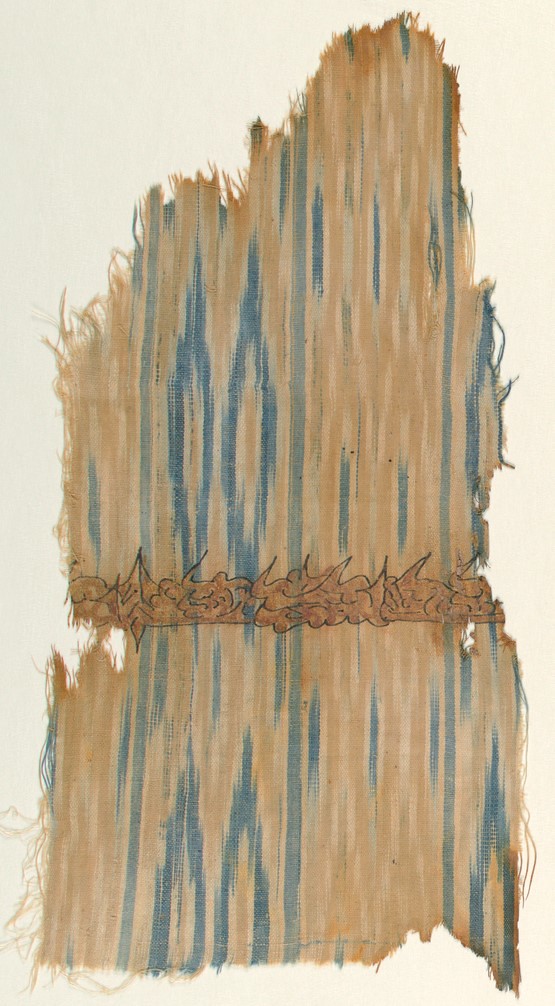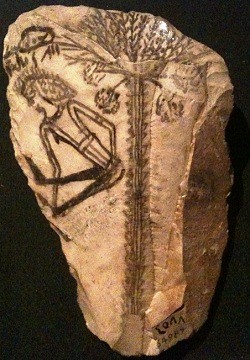These verses were composed by al-‘Arji during his imprisonment
and made into a song (meter: wāfir):
They have forsaken me. What a hero they forsake!
One for days of battle and frontier outposts
and fatal clashes, standing fast
where heads of spears aim for my slaughter.
Now daily I am hauled about in manacles,
begging God's aid against wrongful restraint.
As if respect and honor were not conferred through me,
the scion of ‘Amr [who was a caliph's son]!
al-Bahili that al-Asma‘i said:
Abu Hanifa had a neighbor in Kufa who could sing. He used come home drunk and singing to his room on an upper floor, from which Abu Hanifa enjoyed hearing his voice. And very often what he sang was:
They have forsaken me. What a hero they forsake!
One for days of battle and frontier outposts...
One night, this man crossed paths with the vice patrol, who seized him and put him in prison. Abu Hanifa missed hearing his voice that night, and made inquiries the next morning. On hearing the news, he called for his black robe and high peaked cap and put them on, and rode to see [the governor of Kufa, who was] ‘Isa ibn Musa. He told him, "I have a neighbor who was seized and imprisoned by the vice patrol yesterday, and virtue is all I know of him."
"Bring out everyone detained yesterday by vice patrol, and let them greet Abu Hanifa," said ‘Isa. When the man was brought forth, Abu Hanifa called out, "That's him!"
In private he said to his neighbor, "Young man, aren't you in the habit of singing every night:
'They have forsaken me. What a hero they forsake'?
"Now tell me: have I forsaken you?"
"By God, your honor, no," the young man said. "You've been kind and noble. May God reward you handsomely!"
"You can go back to your singing," said Abu Hanifa. "It was congenial to me, and I see no harm in it."
"I will!" the young hero said.
From the Book of Songs

